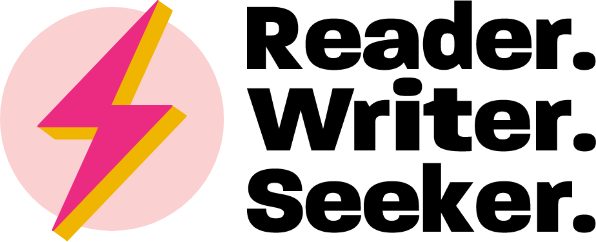Book Review: Lean UX for Startups
If you would prefer to listen to this blog post rather than read it, please scroll to the bottom to hear me read it to you.As I am currently participating in a startup accelerator program for a new business called PressBaby, the "Lean" series of books has been recommended many times. I just completed a third book in the "Lean" series: Lean UX for Startups by Laura Klein. When I started this book, we were in the phase of the program where we were thinking about how the end user would be interacting with our product and realized that we were just making guesses at what they would do and building within our own development skills limitations. Lean UX for Startups confirmed that we were approaching it all wrong and chastised us for even thinking that we could possible proceed with any kind of success along the route we were currently on. The majority of the book is about research and testing. I was looking for UX principles with hard and fast rules we could follow for developing a successful product. I quickly learned that there is no such thing. There is only test and learn, and then test and learn some more. I highlighted 54 passages from this book. Here are a few of my favorites:
"If you get nothing else from this book, please remember these three key points: (1) User research. Listen to your users. All the time. I mean it. (2) Validation. When you make assumptions or create hypotheses, test them before spending lots of time building products around them. (3) Design. Iterate. Iterate. Iterate.""Climbing to the top of the hill you’re on gets you higher, but it doesn’t always maximize your altitude. Sometimes you need to find a taller hill.""It’s probably not worth your time to fret and sweat over every single pixel on every single new page, mostly because you should always plan on iterating. When you’re a startup, any new feature may be killed or transformed in a week’s time.""...visual design can screw up interaction testing. If your tester has an immediate positive or negative reaction to the visuals, you’re going to get different information than you would if she could effectively ignore the visuals. Grayscale wireframes or Balsamiq-style sketches make it much easier to ignore the look and concentrate on the interactions.""Visual design is how something looks. Interaction design is how something works.""A useful wireframe, in my opinion, needs to include all the copy, buttons, calls-to-action, and navigation elements of a real product. It doesn’t have any visual design yet. That comes later. But it’s definitely where you’re taking all the elements that you sketched out and making sure that they not only fit together on one screen but that they also hold up throughout an entire feature or product.""Lean UX always has a measurable goal, and you should always figure out how to measure that goal before you start designing. If you don’t, how will you know that your design worked?""Trust me, people will forgive ugly faster than they’ll forgive unusable. Whatever you decide to cut, don’t cut getting customer feedback during your development process. If you ship something that customers can’t use, you can go out of business almost as fast as if you hadn’t shipped anything at all.""Patterns start to emerge in usability research after the first few tests. After five, you’re really just hearing all the same stuff over and over again.""The single greatest mistake you can make at this point is to start off by telling the test subject what you’re working on and how great it will be for him. Nothing will bias a session faster than you trying to sell him on your ideas. You’re not there to talk. You are there to listen.""Start off by asking them to show you how they currently perform some tasks that relate to the problem you’re trying to solve.""...this may sound cryptic, but sometimes the best types of problems to solve are the ones that the users don’t really know are problems until you fix them."
I recommend this book for anyone working on a startup or even just in general working in web development. Even larger, established web companies need to start thinking more like lean startups in today's digital environment.
